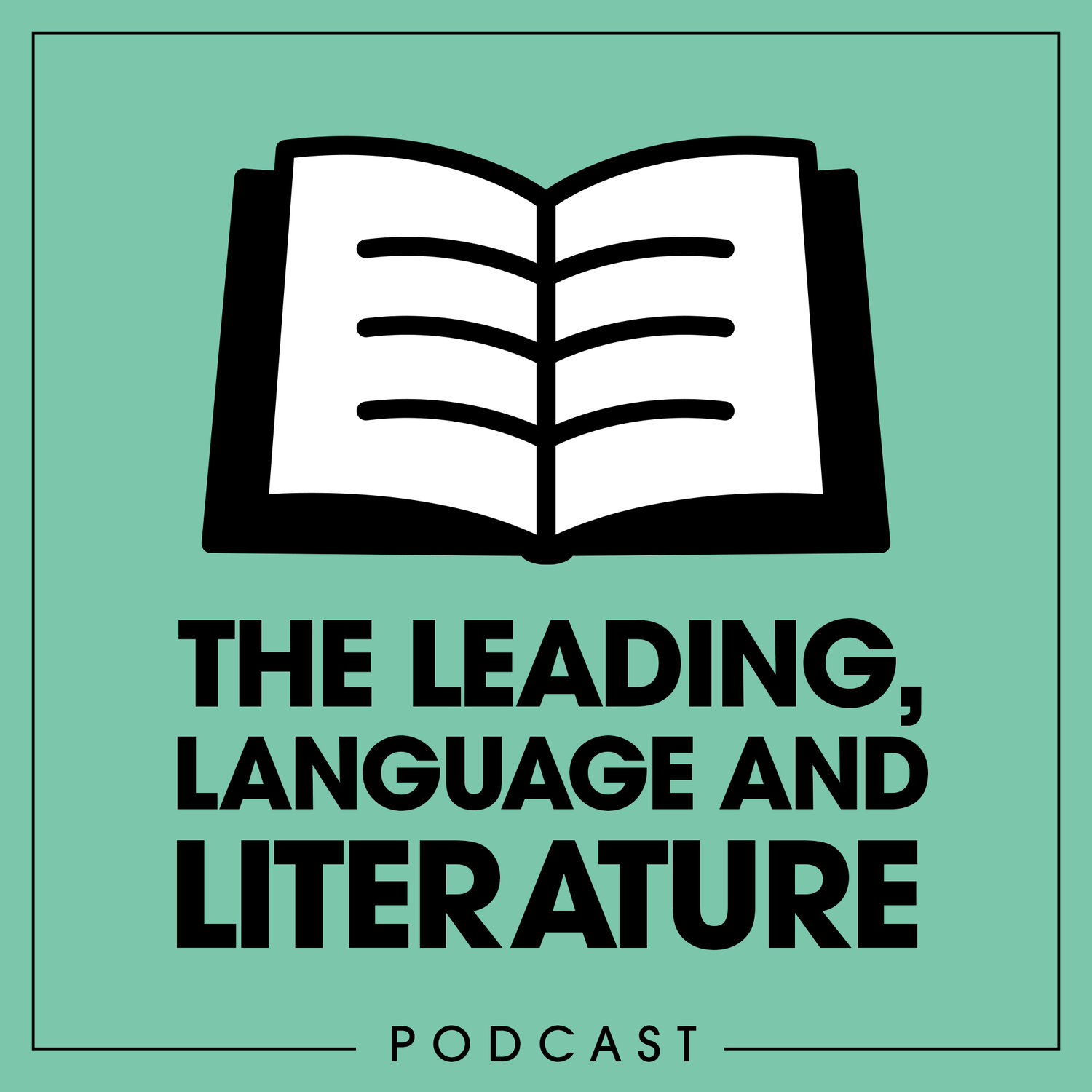These are the top 26 themes in world literature - but should we even teach them?
It’s official. With AI, we can officially stratify the most commonly discussed topics across all of world literature. Probably.
Using the IB’s Prescribed Reading List, a catalogue of writers from every continent and major language, I posed the following prompt to Chat GPT:
“Based on publicly available data, compile a list of 26 themes common in all the works of writers in this list in descending order of frequency”
Here is the unedited list as compiled by the chatbot:
Identity and self-exploration
Love and relationships
Social and political issues
Loss and grief
Coming of age
Family dynamics
Historical events and contexts
Cultural heritage and traditions
Nature and the environment
Power dynamics and oppression
Memory and nostalgia
Art and creativity
War and conflict
Dreams and imagination
Social justice and activism
Human emotions and psychology
Alienation and isolation
Freedom and oppression
Gender and sexuality
Literary exploration and metafiction
Quest for meaning and purpose
Socioeconomic disparities
Cultural clashes and assimilation
Betrayal and forgiveness
Spirituality and religion
Reflections on time and mortality
In order to gauge the validity of this, I followed with another prompt:
“Based on publicly available data, compile a list of 26 themes common in world literature in descending order of frequency”
The subsequent list was similar but differed in both the order, nature and reliability of what could be deemed a theme.
The initial list therefore seems to offer a certain amount of validity.
What does any of this mean?
With the recent shift towards a more conceptual or thematic curriculum in English, a subsequent consideration has been which themes are most suitable across the 26 (approx) taught units in secondary English.
Popular choices might include mankind’s relationship with the environment, the horrors of war or AQA’s Love Through the Ages.
A consideration that could be made is whether or not we should be choosing themes that are central to the study of English or society more broadly.
For example, the list above could be seen as representative of the most frequent and therefore important substantive concepts in English yet most of them cannot be found on the MYP’s list of global contexts. A global context and specific area of exploration within it must be chosen for every unit taught in the MYP and balance is expected across the curriculum in regard to the 6 global contexts listed.
One such topic within these global contexts is “imagining a hopeful future”. Another is “entrepreneurship, practice and competency”. Neither of these fit neatly into the themes offered up by the IB’s PRL via ChatGPT. Rather, they hint at the IB’s prioritisation of interdisciplinary education and engagement with authentic learning.
Amy Staniforth recently wrote a fantastic blog post about her department’s efforts to revise their curriculum following a surfeit of research and writing about English in the past few years. Within it, she lists the themes that they opted for in KS3:
Knowledge and science
Friendship and coming of age
Appearance and reality
Technology and society
Love and gender
Justice
Prejudice, courage, and good vs evil
Power and villainy
Subversion and rebellion
This is the type of list that represents deep thought and discussion at department level and undoubtedly sets students up for a rich appreciation for all that literature has to offer in the subsequent school years.
However, rumours abound that the next iteration of the MYP will seek to streamline assessment criteria across disciplines and prioritise the implementation of Service in the taught and assessed curriculum.
Do IB educators need to prepare themselves for a greater balancing act when it comes to offering robust disciplinary instruction alongside learning that authentically engages with the world around them?
If so, we may need to seek out themes from the lists above that allow us to do both.
